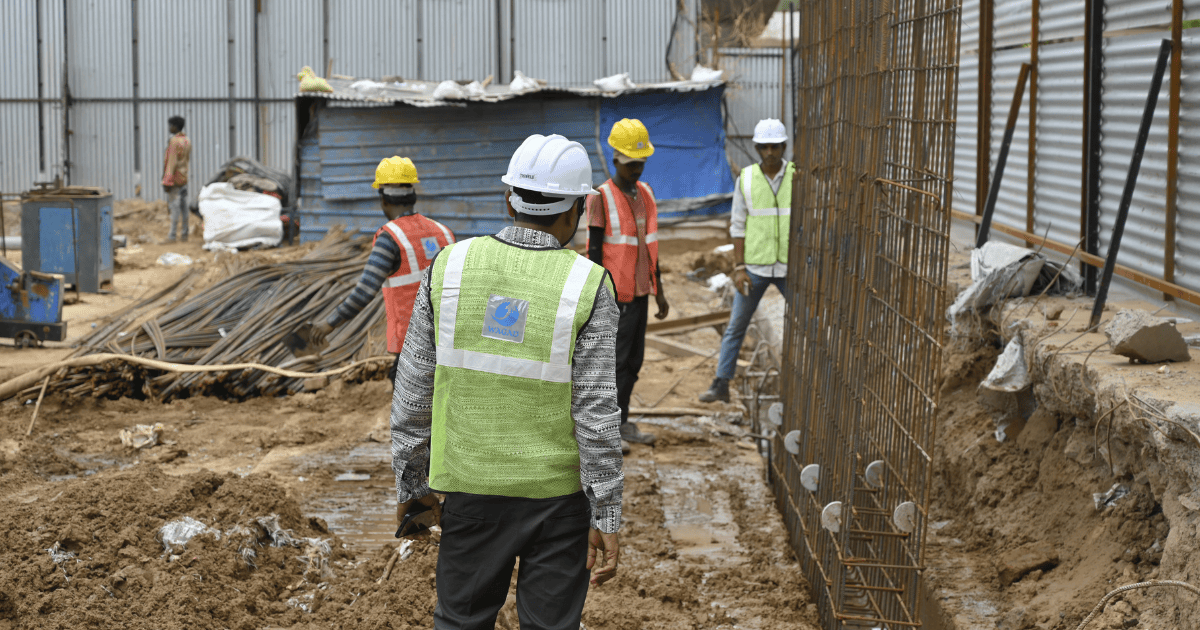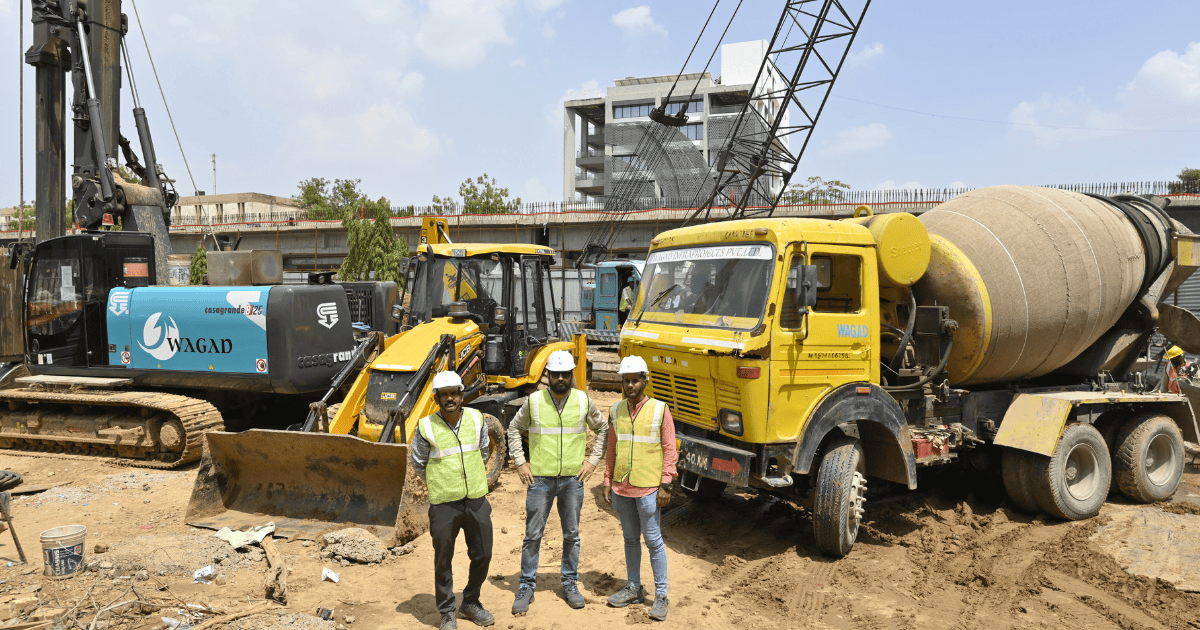Choosing the right foundation technique is crucial for ensuring structural integrity and project efficiency from the outset of any construction venture. Among the various methods available, diaphragm wall engineering stands out, offering unique advantages and specific applications. In this article, we will explore the process involved in constructing diaphragm walls, provided by a reputable Diaphragm wall construction company, and compare them with other foundation techniques, analyzing the benefits and potential drawbacks of each.
What is Diaphragm Wall Construction in India?
Diaphragm wall Construction involves the
creation of a reinforced concrete wall that serves as a
structural element and excavation support. These walls are typically
constructed in deep excavations and are designed to support heavy loads and
resist lateral pressures. They are particularly prevalent in areas with
challenging ground conditions or limited space.
Advantages of Diaphragm Wall Engineering

-
Enhanced Stability: Diaphragm walls provide excellent lateral support,
which is crucial in
deep excavations and sites with loose or water-saturated soil. Their
robust nature helps prevent soil collapse and maintains stability
throughout construction. -
Effective Groundwater Control: One of the significant advantages of
diaphragm walls is their ability to
control groundwater ingress. This is especially beneficial in areas with
high water tables or where dewatering would be challenging. -
Reduced Noise and Vibration: Compared to other foundation methods like
driven piles, diaphragm wall
engineering generates less noise and vibration. This makes it ideal for
urban environments where minimising disturbances is important. -
Versatility: Diaphragm walls can be used in various applications,
including deep
basements, metro stations, and retaining walls. Their adaptability makes
them suitable for different construction scenarios.
Disadvantages of Diaphragm Wall Building
-
High Cost: One of the primary drawbacks of diaphragm wall engineering is
the cost.
The process involves specialised equipment and materials, which can make
it more expensive compared to other groundwork techniques. -
Complex Construction Process: The construction of diaphragm walls requires
a high level of technical
expertise and precision. The process can be complex and time-consuming,
potentially extending project timelines. -
Limited Use in Some Soil Conditions: While diaphragm walls are effective
in many ground conditions, they may
not be the best choice for extremely hard or rocky soils where alternative
methods might be more cost-effective.
Comparing Diaphragm Wall Engineering with Other Foundation Techniques

-
Foundation Piles: Foundation piles are driven into the earth to support
buildings. They
work well across different types of soil but can create a lot of noise and
shaking. Diaphragm walls provide a quieter and less intrusive option,
though they might be more expensive.
-
Erosion Control Walls: Erosion control walls are built to prevent soil
from moving and to stop
erosion. Although they might be cheaper than diaphragm walls, they might
not be as stable in deep digging or under high pressure. Diaphragm walls
are better suited for these conditions because of their robustness and
longevity.
-
Support Systems for Excavations: Support systems for excavations, like
soldier piles and lagging, are used
to brace the sides of excavations. They are usually more budget-friendly
but might not control groundwater as well or offer the same lasting
stability as diaphragm walls.
For more details on geotechnical engineering practices in India, you can visit the website of the Indian Geotechnical Society (IGS),
a leading authority in the field. The IGS website may offer valuable
resources on diaphragm wall construction, including technical information,
case studies, and best practices specific to Indian conditions.
Diaphragm Wall Engineering in India
In India, diaphragm wall building is gaining traction due to the country’s
rapidly urbanising landscape and increasing infrastructure projects. The
technique is particularly useful in metro construction and deep basement
projects where ground conditions can be challenging. As urban areas continue
to expand, the benefits of diaphragm walls, such as groundwater control and
structural stability, make them an attractive option for many developers.
Conclusion
Diaphragm wall construction offers a range of benefits, particularly in
challenging ground conditions and deep excavations. Its ability to provide
enhanced stability, control groundwater, and reduce construction disturbances
makes it a valuable technique in various applications. However, its higher
cost and complex construction process may be drawbacks compared to other
methods like pile foundations or retaining walls.
In the end, picking the right foundation method depends on the specific
requirements of the project, the type of soil you’re dealing with, and how
much money you’re willing to spend. Getting familiar with the advantages and
disadvantages of diaphragm wall technology, especially when looking at
projects in India, can assist you in choosing the best approach for your
upcoming building project.
